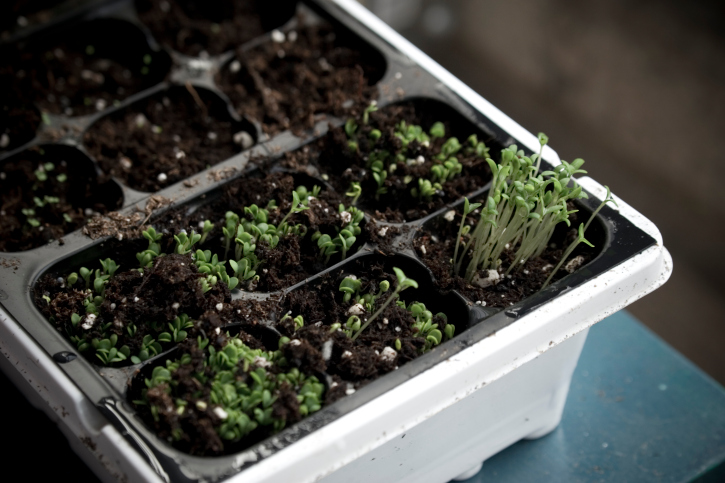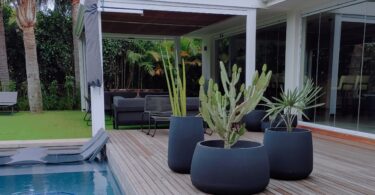I have a beautiful space in my garden just begging to be populated with some quality home-grown table produce. My green thumb seems to have risen with a vengeance, and alongside the high food prices and call to live in a more eco-friendly manner, my Inner Food Gardener is clamouring to get stuck in.
A food garden can add tremendously to the aesthetics of your garden, as well as have obvious practical and nutritional rewards. Flowering veg and herb plants can be surprisingly beautiful, and when the blend of greens, reds, oranges, yellows and purples sprouts, you’re in for a colour feast. There are also the most valuable medicinal qualities to some herbs that you wouldn’t imagine, and natural remedies to a variety of dilemmas, like adding a couple of bunches of basil or penny royal to your kitchen window sills to keep the flies away.
There are two tricks to planting a successful food garden: do your research beforehand, and plan carefully. So in other words, don’t rush into it! I contacted the South African Herb Academy and found out that they offer a course called Go Food Gardening. The route I have selected to go is to study some local food gardening books, and take my cue, in my time, from them.
I am right at the beginning of this process, and the first step is PLANNING FOR SUCCESS.
1. Sketch the space that you intend to use for your food garden, looking at sun and shade patterns. Shade can be created by something as simple as a tree or roof, and keep in mind that summer and winter sun may differ. It is crucial to establish these patterns as some plants, especially veggies, do not do well in insufficient direct sunlight.
2. When planning you need to consider where you want to plant your veggies. This will be dependent on their sun needs.
– Morning sun is preferrable to afternoon sun, which is harsher.
– Choose a spot that is protected from strong winds.
– Be careful of frost pockets. Because cold air sinks, low-lying spots are affected more.
– If possible, choose a level area to ensure even watering.
I’ll keep you updated on my food garden, and offer some practical tips along the way to help you if you are considering starting one too. Here’s to growing for our own tables!
[signature:kerry]











Leave a Comment